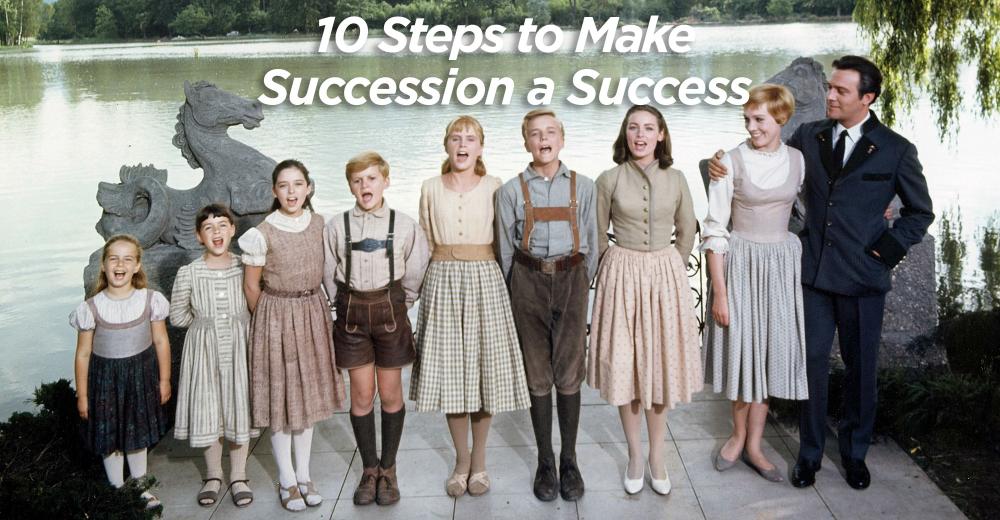1 11
1 11
Educate the next generation by explaining the basics of their inheritance—for example, the terms of the trust, the trustee’s roles and responsibilities, and current investments held by the trust.
Discuss potential conflicts of interest that might arise, like current family circumstances such as healthcare or educational needs.
Consider whether the trust structure needs to be modified to better meet the wishes and goals of the next generation.
Are current investments aligned with the next generation’s goals and aspirations?
Keep in mind modern lifestyles—consider, for example, whether the trust is able to provide for beneficiaries in same sex relationships or to children of unmarried parents. Are there grounds for a trust modification based on the settlor’s views being deemed outdated and/or restrictive?
Can the growth of the trust fund keep up with the class size of the next generation of beneficiaries?
Consider how any potential distributions out of the trust can be made with the least disruption to the remaining investments as a result.
Is a new trust or trusts more feasible to accommodate differing individual goals?
Would it be best, for example, to establish a private trust company to act as co-trustees?
The next generation expects fast and responsive information and thrives off of social media. Consider adapting your firm’s technology to meet these needs.

